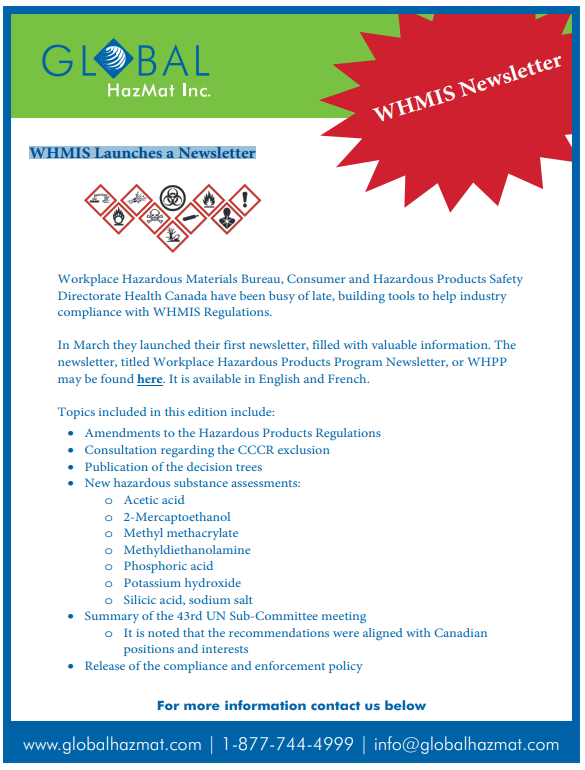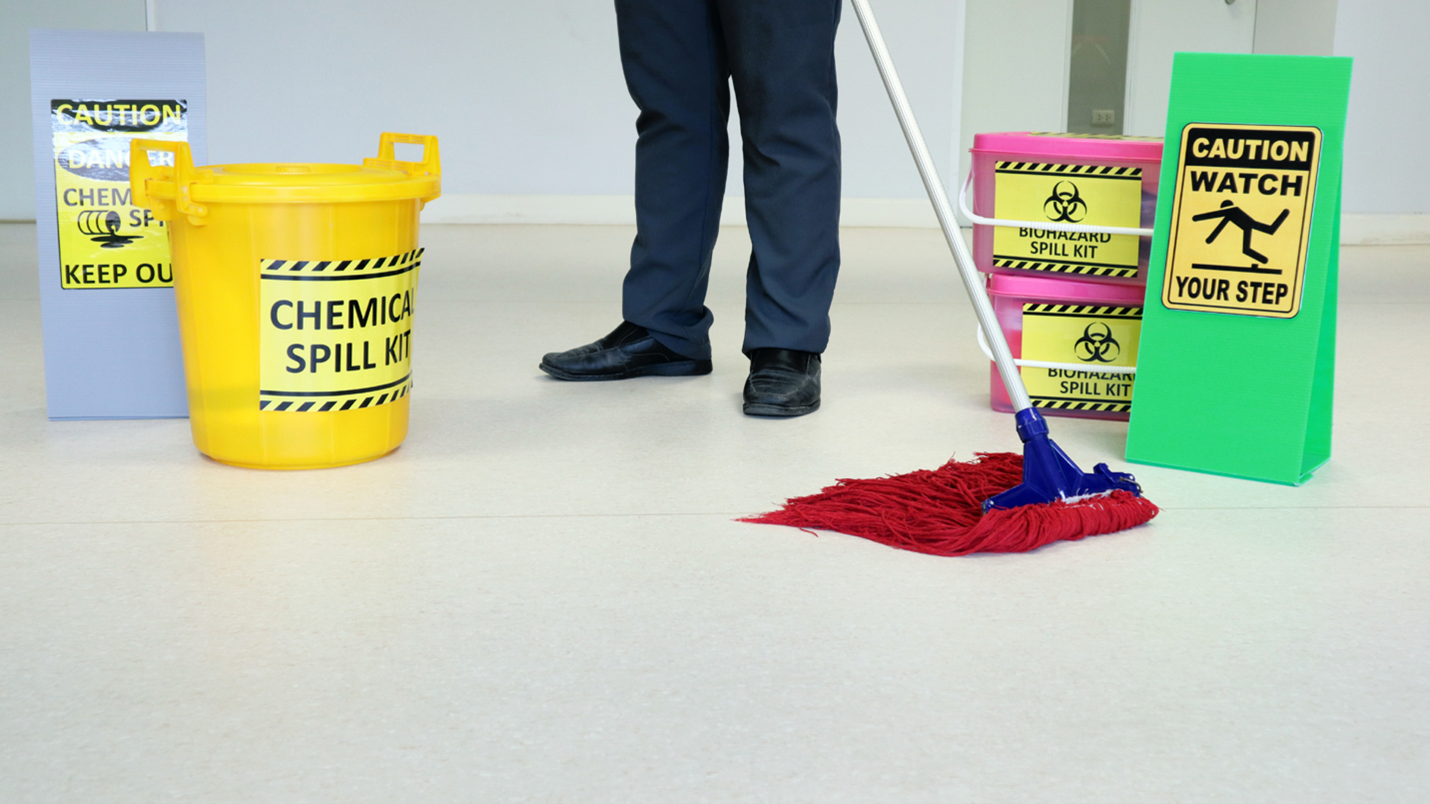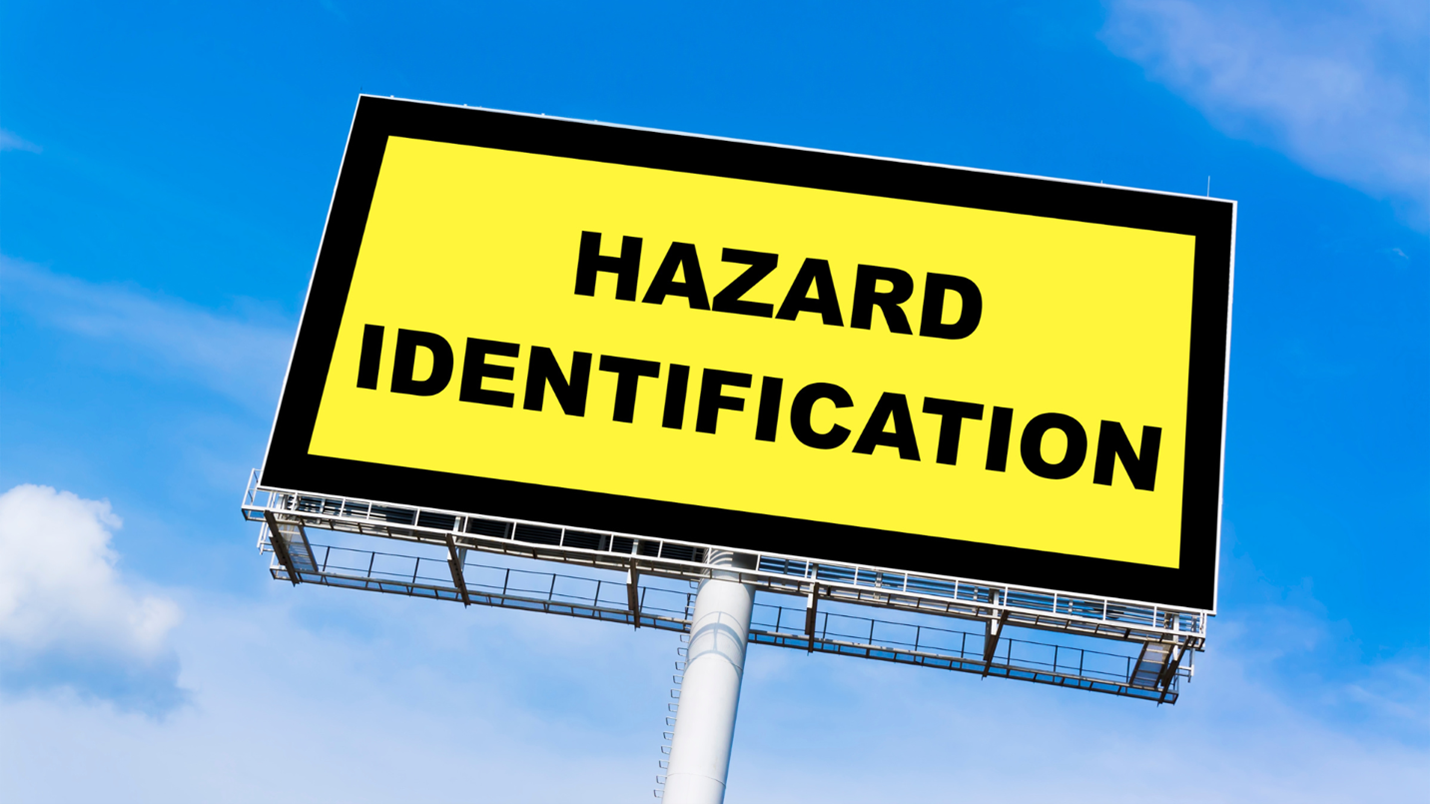Industry News
-

Safety Tips for Items with Lithium-Ion Batteries
Lithium-ion batteries have revolutionized the way we power our portable electronic devices. From smartphones and laptops to electric vehicles and drones, these rechargeable batteries are essential to our daily lives. While they offer numerous energy density and longevity advantages, they also come with some safety considerations. In this blog, we’ll explore important safety tips for […]... Learn more
-
Transport Canada (TC) Publishes Site Registration Requirements Amendment to Transportation of Dangerous Goods Regulations
Transport Canada (TC) has recently amended the Transportation of Dangerous Goods Regulations (TDGR) to include the regulatory requirement for Site Registration for all persons who import, offer for transport, handle or transport dangerous goods at a site located in Canada that they own or operate. The Regulations Amending the Transportation of Dangerous Goods Regulations (Site Registration Requirements) [the “Regulations”] […]... Learn more
-
CVSA Hazmat Inspection Blitz Nets 2,578 Violations
The Commercial Vehicle Safety Alliance (CVSA) conducted an Unannounced Five-Day Inspection and Enforcement Initiative and inspected 7,572 commercial motor vehicles transporting hazardous materials/dangerous goods (HM/DG) in Canada and the U.S. A total of 8,395 packages were inspected, and inspectors discovered 2,578 HM/DG violations, of which 701 were HM/DG out-of-service (OOS) violations. This year marked a substantial […]... Learn more
-

USDOT Issues New Hazmat Safety Advisory to Major Freight Railroads to Help Prevent Derailments
At Global Hazmat, our top priority is safely transporting dangerous goods. We understand the ever-evolving nature of regulations and the importance of staying informed. That’s why we are committed to keeping our customers up to date with all changes that pertain to the safe transportation of dangerous goods. With our comprehensive knowledge and expertise, you […]... Learn more
-

All You Need to Know About IATA Dangerous Goods Regulations 64th Edition Addendum II
Are you involved in shipping dangerous goods by air? If so, you’ll want to stay informed about the industry’s leading standard: the IATA Dangerous Goods Regulations (DGR) manual. Recognized as the global reference and the go-to resource for airlines, the IATA DGR is the ultimate authority for shipping hazardous materials via air transportation. With a […]... Learn more
-

WHMIS Launches a Newsletter
Workplace Hazardous Materials Bureau, Consumer and Hazardous Products Safety Directorate Health Canada have been busy of late, building tools to help industry compliance with WHMIS Regulations. In March they launched their first newsletter, filled with valuable information. The newsletter, titled Workplace Hazardous Products Program Newsletter, or WHPP may be found here. It is available in […]... Learn more
-

What Is Confidential Business Information (CBI) Within WHMIS?
The Workplace Hazardous Materials Information System (WHMIS) is a Canadian hazard communication standard that requires employers to provide information about hazardous products used in the workplace to their employees. WHMIS has several requirements, including the identification of hazardous products, the provision of safety data sheets, and the use of cautionary labelling. One important aspect of […]... Learn more
-

Do You Know How to Choose the Best Spill Kits for Your Specific Needs?
Spills can happen in any workplace, and it’s essential to be prepared to deal with them effectively. One of the most important tools for spill response is a spill kit. But with so many different types and sizes of spill kits available, knowing which one to choose can be challenging. This blog will discuss selecting […]... Learn more
-

Things You Can Do to Prepare Your Workplace to Handle Accidents & Incidents
As an employer or employee, it is important to be prepared for accidents and incidents that may occur in the workplace. Accidents can happen unexpectedly, and it is advantageous to be equipped with the necessary knowledge and resources to handle them. Here are ten things you can do to prepare your workplace for handling accidents […]... Learn more
-

49 CFR Lithium Battery Regulations Revised for Air Transport
Due to their unique challenges to safety in the air transportation environment, transporting lithium batteries safely by air has been an ongoing concern. Unlike most other hazardous materials, lithium batteries have a dual chemical and electrical hazard. If involved in a fire, this combination of risks can create a scenario that exceeds the fire suppression […]... Learn more
